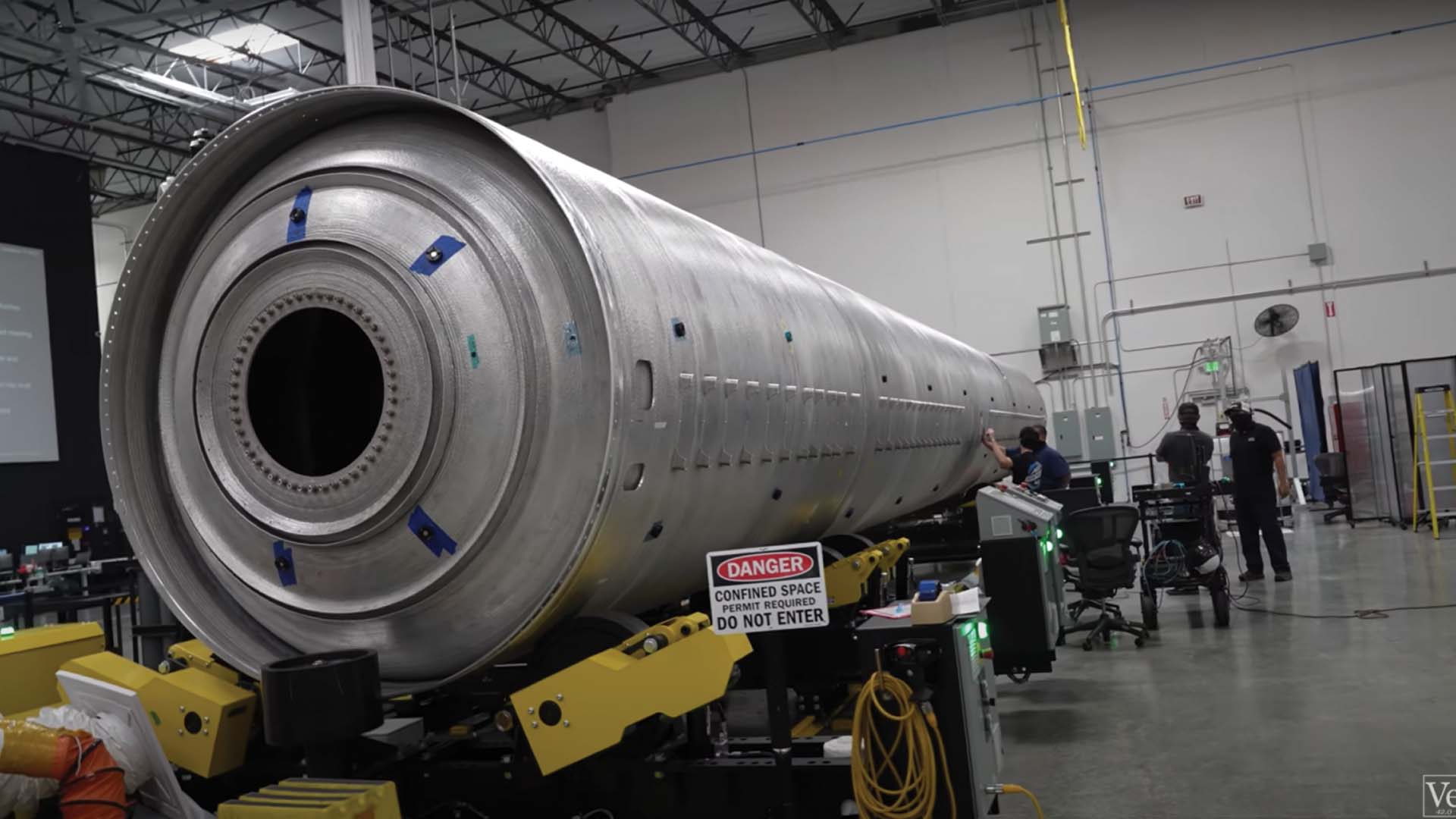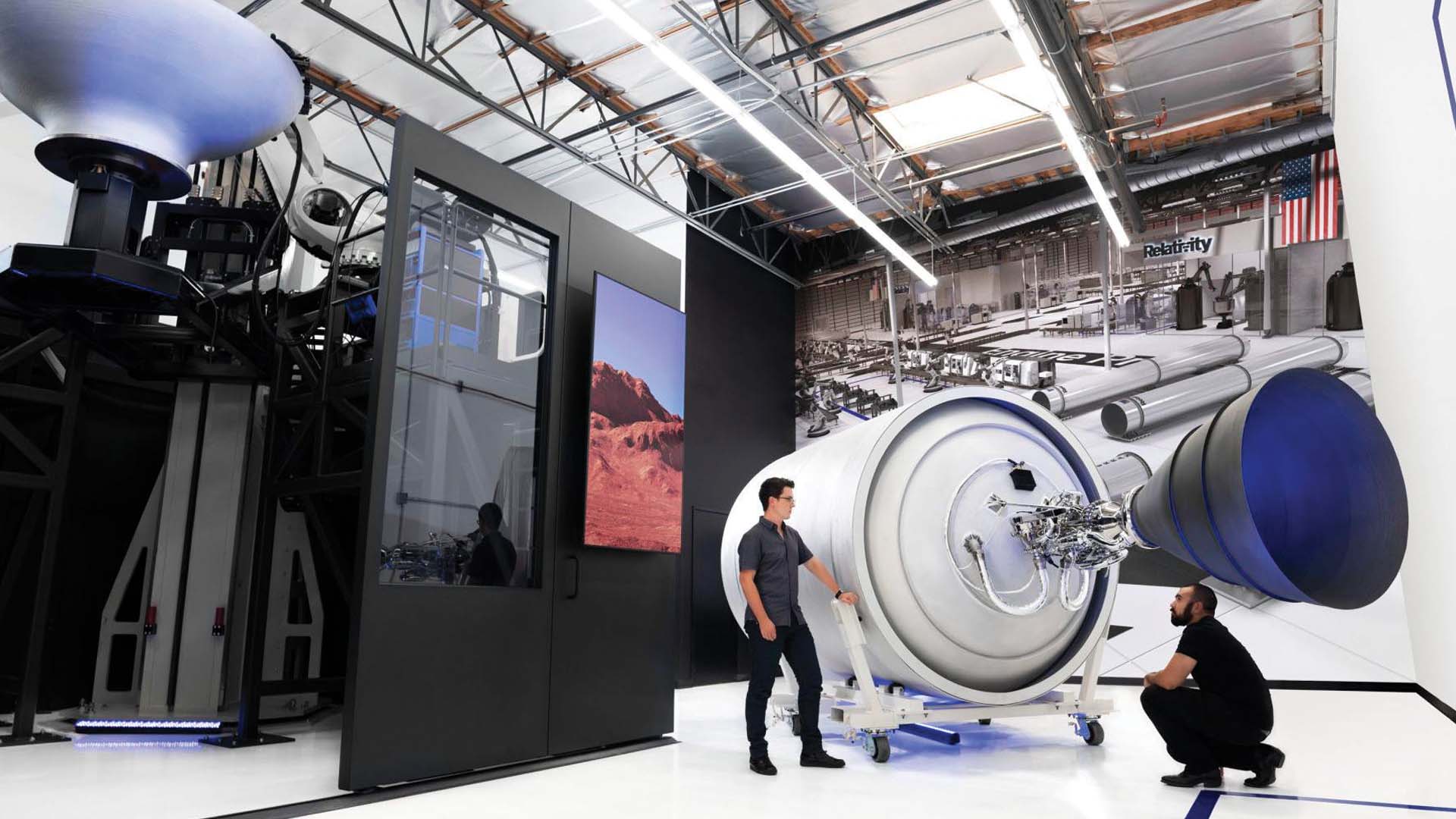3D printing has taken over the world of technology, impacting everything from nuclear energy to houses to grilled chicken. One of the newest innovations is 3D-printed rockets and rocket fuel, revolutionizing space travel and the future of space exploration.
Space rocket engines are incredibly hard to manufacture. Many early prototypes blow up unexpectedly, and the scientists must determine what failed and then design, manufacture, ship, test, and fire the rocket again. Additionally, rocket engines generate the energy equivalent to dating a tonne of TNT every second, making them even more difficult to handle. Fully functional engines take about three years to engineer.
This lengthy process is one of the main causes for delays in the rapidly expanding second golden age of space we are currently going through. Additionally, as the private sector of space grows, more rockets will be required for manufacturing, meaning the problem will only grow.

Photo Credit: Veritasium
Luckily, there is a solution: reduce the number of parts needed for manufacturing. Scientists have found that the way to do this is through additive manufacturing, also known as 3D printing, which builds up a part by adding material to it bit by bit. Whole structures that would have previously required hundreds of distinct components can now be printed in a matter of days.
The 3D printing works with a process called selective laser sintering to 3D-print the rocket engine parts. First, it lays down a metal powder that is then melted into shapes with lasers. The metal binds where it’s melted and remains powder where it’s not. Once the shape has cooled, another layer of powder is added, and the part is built up layer by layer. With this process, if an accidental explosion occurs and the issue is detected, engineers can fix it in a matter of days using 3D modeling software.
Almost all new rocket companies and space startups are adopting 3D metal-printing technology. For example, the company Rocket Lab develops and manufactures space systems that integrate numerous 3D printed parts. In September 2021, Rocket Lab won a $24.4 million contract with the U.S. Space Force Space Systems Command (SSC) for the development of the Neutron launch vehicle’s upper stage. This will support national security and defense launch capabilities for scientific and experimental satellites to provide the U.S. continued access to space.

Photo Credit: Relativity Space
The company Orbex also aims to launch a rocket using a 3D-printed engine as soon as 2022. Additionally, the company Relativity Space is combining 3D printing, artificial intelligence, and autonomous robots to attempt to create and launch the world’s first entirely 3D-printed rocket.
To discover more about space innovations, tune in to Tomorrow’s World Today’s “Semiconductors in Space” on October 9 at 8:30 am EST on the Science Channel and October 10 at 6:30 am on the Discovery Channel.
Can’t wait until the weekend to watch? Stream it NOW on SCIGo and Discovery GO.







